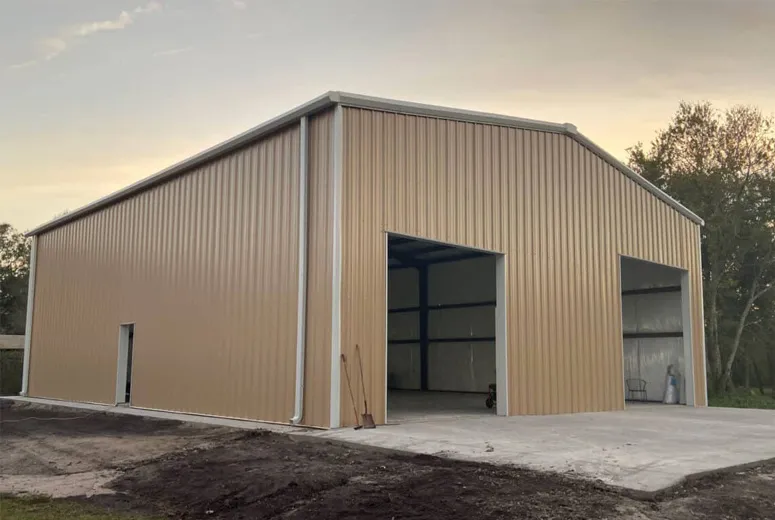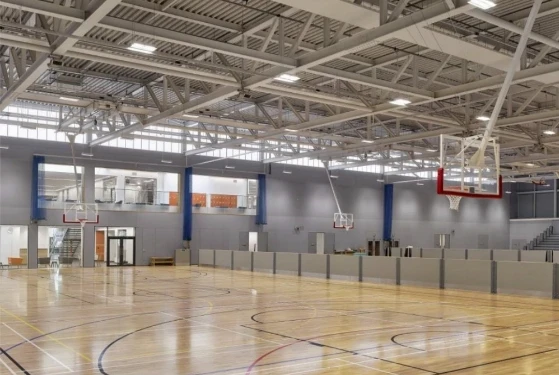- Afrikaans
- Albanian
- Amharic
- Arabic
- Armenian
- Azerbaijani
- Basque
- Belarusian
- Bengali
- Bosnian
- Bulgarian
- Catalan
- Cebuano
- Corsican
- Croatian
- Czech
- Danish
- Dutch
- English
- Esperanto
- Estonian
- Finnish
- French
- Frisian
- Galician
- Georgian
- German
- Greek
- Gujarati
- Haitian Creole
- hausa
- hawaiian
- Hebrew
- Hindi
- Miao
- Hungarian
- Icelandic
- igbo
- Indonesian
- irish
- Italian
- Japanese
- Javanese
- Kannada
- kazakh
- Khmer
- Rwandese
- Korean
- Kurdish
- Kyrgyz
- Lao
- Latin
- Latvian
- Lithuanian
- Luxembourgish
- Macedonian
- Malgashi
- Malay
- Malayalam
- Maltese
- Maori
- Marathi
- Mongolian
- Myanmar
- Nepali
- Norwegian
- Norwegian
- Occitan
- Pashto
- Persian
- Polish
- Portuguese
- Punjabi
- Romanian
- Russian
- Samoan
- Scottish Gaelic
- Serbian
- Sesotho
- Shona
- Sindhi
- Sinhala
- Slovak
- Slovenian
- Somali
- Spanish
- Sundanese
- Swahili
- Swedish
- Tagalog
- Tajik
- Tamil
- Tatar
- Telugu
- Thai
- Turkish
- Turkmen
- Ukrainian
- Urdu
- Uighur
- Uzbek
- Vietnamese
- Welsh
- Bantu
- Yiddish
- Yoruba
- Zulu
ഡിസം . 12, 2024 09:41 Back to list
Tall Building Design Steel, Concrete, and Composite Systems
The design of tall buildings has always posed unique challenges and opportunities, particularly when considering the choice of structural materials. Steel, concrete, and composite systems each offer distinct advantages and limitations, making their selection a critical aspect of architectural and engineering planning. With the rise of urbanization and population density in cities, the need for sustainable, efficient, and resilient tall structures has become increasingly vital.
Steel Structural Systems
Steel has long been favored in tall building construction due to its high strength-to-weight ratio, allowing for slender designs that can reach impressive heights while maintaining stability. The primary benefits of steel include its ductility, ease of fabrication, and rapid construction timelines. Additionally, steel frames can effectively resist lateral forces, such as wind and seismic activity, making them an ideal choice for skyscrapers in seismic zones.
However, steel structures require fireproofing measures, as steel loses strength at elevated temperatures. Furthermore, the sustainability aspects of steel must be considered; while steel is recyclable, the production process is energy-intensive. Innovations in steel production, such as the use of recycled steel and the development of green steel, are helping to mitigate some of these concerns.
Concrete Structural Systems
Concrete, on the other hand, is another popular choice for tall buildings, particularly because of its excellent compressive strength and versatility. Reinforced concrete structures can be designed to be highly durable, offering significant resistance to fire and corrosion. The use of concrete can also significantly reduce the amount of maintenance required over the life of the building.
One of the key advantages of concrete is its ability to be molded into various shapes, allowing for the creation of innovative architectural forms. Moreover, concrete's thermal mass can contribute to energy efficiency in buildings, helping to regulate indoor temperatures.
tall building design steel concrete and composite systems

However, concrete structures tend to require more time for construction compared to steel, attributed to the curing process. Additionally, concrete is heavier than steel, which can lead to challenges regarding foundation design and overall building weight distribution.
Composite Systems The Best of Both Worlds
Given the unique strengths and weaknesses of both steel and concrete, composite systems are increasingly being utilized in tall building design. Composite structures combine the benefits of both materials, typically using a structural steel frame with concrete infill or slabs. This approach can lead to enhanced performance attributes, such as improved stability, fire resistance, and reduced construction time.
Moreover, composite systems can be engineered to optimize material usage, which can reduce costs and environmental impact. For instance, the use of precast concrete elements in conjunction with a steel frame can expedite the construction process while ensuring structural integrity.
Conclusion
The choice between steel, concrete, and composite systems in tall building design is influenced by a variety of factors, including architectural vision, site conditions, economic considerations, and environmental impacts. Each material offers unique benefits and challenges, and often the most successful projects incorporate a combination of these systems to achieve the desired performance and aesthetics.
As the demand for sustainable and efficient tall buildings continues to grow, innovations in material science and engineering practices will play a crucial role in shaping the skyline of our cities. The evolution of design techniques and technologies will undoubtedly lead to the development of even more resilient, efficient, and aesthetically pleasing tall structures in the future. The focus on integrating sustainability into design considerations ensures that future skyscrapers will not only touch the sky but also enhance the urban environment in which they stand.
-
The Rise of Prefabricated Metal Structures in Modern Industry
NewsJul.28,2025
-
The Landscape of Prefabricated Metal Building Solutions
NewsJul.28,2025
-
Analyzing Costs and Pricing Dynamics in Prefabricated Steel and Metal Buildings
NewsJul.28,2025
-
Advance Industrial Infrastructure with Prefabricated Steel Solutions
NewsJul.28,2025
-
Advancing Industrial Infrastructure with Prefabricated Metal Warehousing Solutions
NewsJul.28,2025
-
Advancing Industrial and Commercial Spaces with Prefabricated Steel Solutions
NewsJul.28,2025
Products categories
Our Latest News
We have a professional design team and an excellent production and construction team.












